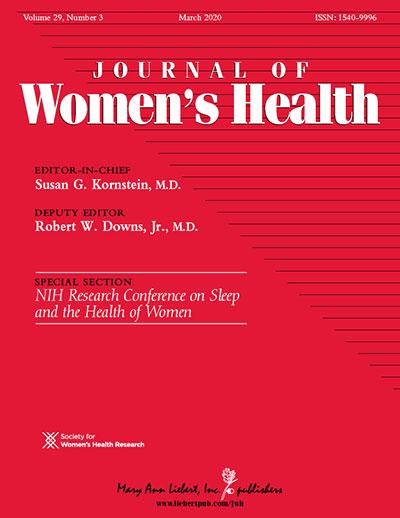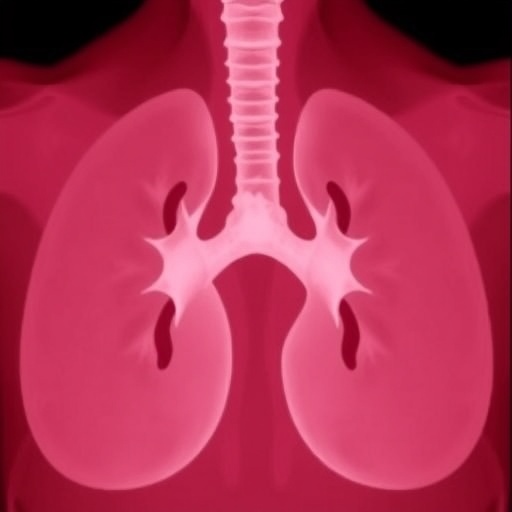
Credit: Mary Ann Liebert, Inc., publishers
New Rochelle, NY, March 30, 2020–A new study quantifies the future economic burden of cardiovascular disease (CVD) in women with a history of preterm delivery (PTD). The study, which used a novel Markov microsimulation model to quantify CVD burden in terms of cost and years of life lost over a 50-year period, is published in Journal of Women’s Health, a peer-reviewed publication from Mary Ann Liebert, Inc., publishers. Click here to read the full-text article on the Journal of Women’s Health website through April 30, 2020.
The article entitled “How Does Preterm Delivery Contribute to the Increased Burden of Cardiovascular Disease? Quantifying the Economic Impact of CVD in Women with a History of Preterm Delivery” was coauthored by Lan Gao, PhD, Shu-chuen Li, PhD, and Marj Moodie, DrPh, Deakin University (Geelong) and The University of Newcastle (Callaghan), Australia. While PTD is not traditionally recognized as a CVD risk factor, it places the mother at increased risk of developing CVD, including coronary heart disease and stroke, later in life, and women who have a PTD have about twice the risk of CVD mortality.
Based on an Australian healthcare system perspective, the study comprised two models — a dynamic model and a static model — which showed the total CVD cost burden to be 11.4 billion Australian dollars and 4.5 billion Australian dollars, respectively, over the 50-year study period. The years of life lost were 0.34 per capita and 0.52 per capita, respectively.
In an accompanying Editorial entitled “The Economic Burden of CVD in Women with a History of Preterm Delivery”, Margo Minissian, PhD, Cedars-Sinai Medical Center (Los Angeles, CA) states: “Considering the substantial economic burden eloquently described by Gao et al., future prevention strategies for women who experience PTD are imperative.” In addition, “recognizing PTD as a potential CVD risk factor/enhancer is important.”
Dr. Minissian highlights the novel microsimulation modeling technique used in this study, which allows for subsequent recurrent CVD events to be captured over a lifetime. Most notable was the 19.8% 4-year recurrence rate of stroke.
###
About the Journal
Journal of Women’s Health, published monthly, is a core multidisciplinary journal dedicated to the diseases and conditions that hold greater risk for or are more prevalent among women, as well as diseases that present differently in women. Led by Editor-in-Chief Susan G. Kornstein, MD, Executive Director of the Virginia Commonwealth University Institute for Women’s Health, Richmond, VA, the Journal covers the latest advances and clinical applications of new diagnostic procedures and therapeutic protocols for the prevention and management of women’s healthcare issues. Complete tables of content and a sample issue may be viewed on the Journal of Women’s Health website. Journal of Women’s Health is the official journal of the Society for Women’s Health Research.
About the Publisher
Mary Ann Liebert, Inc., publishers is a privately held, fully integrated media company known for establishing authoritative peer-reviewed journals in many promising areas of science and biomedical research, including LGBT Health, Transgender Health, Population Health Management, and Breastfeeding Medicine. Its biotechnology trade magazine, GEN (Genetic Engineering & Biotechnology News), was the first in its field and is today the industry’s most widely read publication worldwide. A complete list of the firm’s 90 journals, books, and newsmagazines is available on the Mary Ann Liebert, Inc., publishers website.
Media Contact
Kathryn Ryan
[email protected]
Original Source
https:/
Related Journal Article
http://dx.




